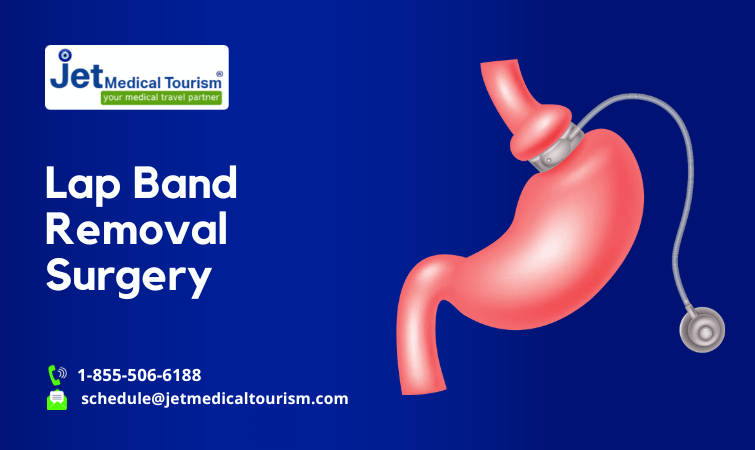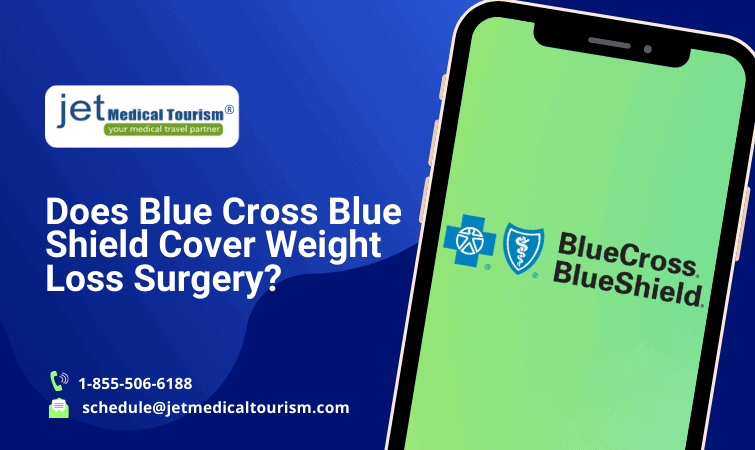Lap Band Removal Surgery: Cost, Diet & Recovery
The Lap-Band surgery is one of the most common kinds of bariatric surgery procedures in the world. Many obese or morbidly obese people in the US chose to undergo a Lap-Band procedure as a medically-supervised option to get fitter and healthier.
In this procedure, a silicone band is placed around the upper portion of the stomach through either an open or laparoscopic surgery. Then this portion is connected to the access port with a thin tube. This band is filled with fluid and it’s inflatable, so the surgeon can adjust the band according to the patient’s requirements.
Interested in having your lap band removed? Contact Jet Medical Tourism® today to learn more about the lap band removal process.
What is lap band removal?
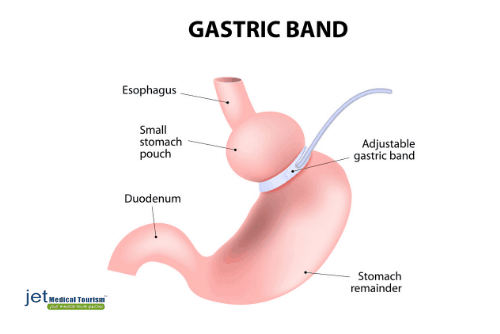
Sometimes complications during or after a gastric lap band surgery may manifest themselves, which may force the patient to have the band replaced, readjusted, or removed altogether. Odds of having a Lap Band removal surgery depends on the type of complications experienced by the patient.
There are essentially two reasons why a Lap-Band removal surgery must be performed:
- The Lap-Band surgery was unsuccessful and the patient failed to lose weight
- The band or the initial surgery led to medical complications
As part of the Lap-Band removal process, the surgeon will cut the capsule like structure formed by the body around the band. Then they will remove the sutures, scar tissue (if any), and the Lap-Band itself. The access port, tube, and the band will be removed from the stomach through an incision.
If the first surgery was an open one, then the Lap-Band removal surgery is most likely going to be an open surgery as well. But if the band was placed laparoscopically, the band removal surgery can be performed using the exact same incisions.
Like any other surgery, the Lap-Band removal surgery also comes with several factors that need to be taken into consideration by the patients before opting for the procedure.
When is lap band removal necessary?
1. Medical Complications
- Band Slippage: Occurs when the band shifts out of its original position, leading to discomfort, nausea, or vomiting.
- Band Erosion: The band erodes into the stomach lining, causing pain, infections, or digestive issues.
- Severe Acid Reflux or GERD: Persistent acid reflux that does not respond to medication or dietary changes.
- Esophageal Dilation: The esophagus swells due to excessive pressure from the band.
- Port or Tubing Issues: Malfunctions or leaks in the Lap Band system can necessitate removal.
2. Lack of Weight Loss or Weight Regain
- Despite adherence to dietary and lifestyle recommendations, some patients do not achieve significant weight loss or experience weight regain.
3. Desire for Alternative Bariatric Procedures
Patients may opt for more effective procedures like gastric sleeve or gastric bypass for sustainable weight loss.
Lap band removal cost
The average cost of this procedure in the US is about $15,000, but depending on the severity of the case, it can cost as high as $30,000. If the patient is experiencing severe complications, the band removal is likely to cost at least that much, if not more.
This is why it’s so important to talk to your health insurance company first; if you are considering a Lap-Band bariatric surgery, ask your insurer whether they will pay for the initial surgery and the band removal surgery later on (in case things go wrong).
READ ALSO: Gastric bypass vs lap band
Pre op diet for lap band removal
There are no special dietary changes required before Lap-Band removal surgery, but the patient needs to keep in mind a few things:
2 weeks before procedure
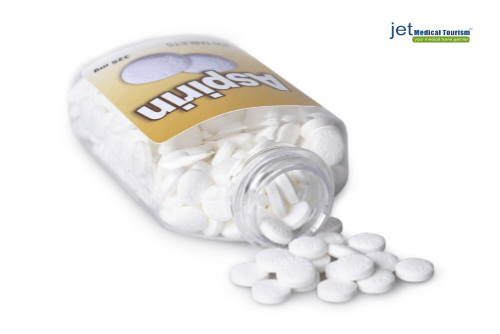
If you are taking a blood-thinning medication like Plavix or aspirin, consult your doctor to see whether you can discontinue them completely before operation.
If you are taking any NSAIDS like Advil, Motrin, Aleve, etc., you must go off of them completely now. Please make sure that your surgeon knows about all the medications or supplements (like fish oil) you generally take.
Avoid taking any kind of herbal supplements for 2-3 weeks prior to your Lap-Band removal surgery.
1 day before procedure
Eat very light meals and don’t eat/drink anything after midnight the night before the operation. You can take your medications with a sip of water.
How long does it take to remove a lap band
In most cases, the Lap-Band removal surgery can be performed laparoscopically and the entire procedure takes 10-15 minutes.
Lap band removal hospital stay

If the surgery went as expected and there were no complications, you may be able to leave the hospital the same day. Some patients may need to stay in the hospital for 1-2 days but it’s very rare.
Lap band removal recovery time
The recovery time varies from patient to patient. If you are getting the lap-Band removed because it eroded or slipped, your recovery may take a little while longer. The incisions made by the surgeon to remove the band will be sore for a few days post-operation. Your stitches will dissolve on their own.
Most of our patients return to their normal routines within 1-4 weeks after undergoing the Lap-band removal surgery. The duration of your recovery will depend on how well the surgery went, how severe were the lap band complications (if any), and your overall health. Your surgeon will be able to give you a more precise answer regarding your recovery post-op.
RELATED: Lap band removal after 10 years: Everything you need to know
Lap band removal complications
Lap-Band removal surgery is like any other surgical procedure, which means your body will go through a lot of changes during and after the operation. It’s important to keep a close eye on your health for a few weeks after the procedure to ensure you are healing the way you should.
However, in some rare cases, patients can develop complications after the Lap-Band removal. If you experience any of the following issues after your surgery, contact your doctor immediately:
- Constant pain in the abdomen or around the incisions – and pain medication doesn’t help
- Vomiting, nausea, and difficulty keeping down the fluids
- Difficulty passing gas or stool
- Incision comes open or stitches come loose
- Difficulty breathing (shortness of breath)
- Signs of infection (like fever, pus draining from the incision, red lines leading from the incision, etc.)
- Signs of blood clot in the legs (like swelling, redness, or pain in calf, thigh, knee, groin, or leg)
- Symptoms of acid reflux
- Difficulty in swallowing
- Losing consciousness
If you are showing any of the aforementioned signs or you are afraid you’re not getting better as expected, be sure to contact your doctor right away.
RELATED ARTICLE: Lap band removal after 10 years: everything you need to know
Diet after lap band removal
Your doctor will give you a detailed list of instructions as to what you can eat after the procedure. You will need to follow a soft or liquid diet for the first few days. You’ll be able to add solid foods into your diet gradually.
If you experience irregular bowel movements after the surgery, your doctor may recommend consuming more fiber, a mild laxative, or a stool softener. You might also be recommended to work with a dietitian so you don’t gain all the weight back once the Lap-Band is gone.
YOU MIGHT ALSO LIKE: Gastric sleeve vs gastric lap band
Post op care after lap band removal
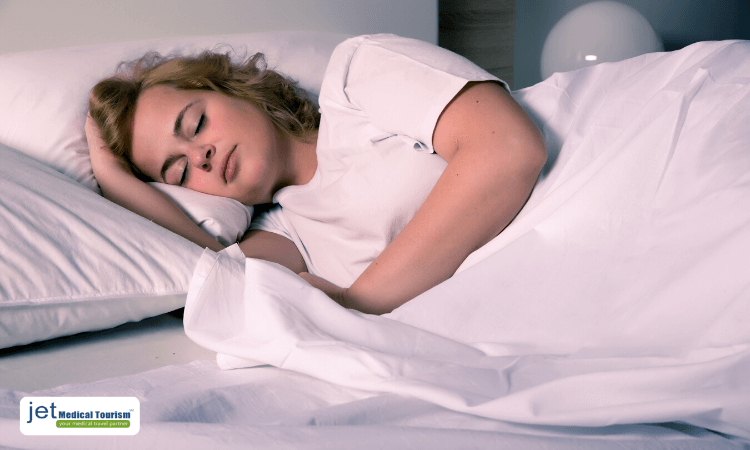
Once you are discharged from the hospital, make sure you get plenty of rest. Being active is important but knowing your body’ limits is equally crucial. So, allow your body to heal and rest whenever you feel tired. Don’t lift anything heavy or move too quickly until you are feeling better.
Here are a few tips to consider once your Lap-Band removal surgery is complete and you are in recovery:
- Perform breathing exercises as instructed by your doctor; this will help prevent pain as well as pneumonia.
- Hold a pillow over your incisions whenever you take deep breaths or cough. This will help minimize the pain by taking unnecessary pressure off your belly.
- You may be able take a shower 24-48 hours post-operation but only if your doctor permits. Baths are a strict no-no for the first two weeks or until your doctor okays it. Meanwhile, simply pat your incisions until they are dry.
- Depending on how you feel and the type of work you do, it’s recommended to take 2-4 weeks off from work.
- If you are feeling pain, only take medications prescribed by your doctor. And if you need to take an over-the-counter medication, ask the doctor first. Also, if you take any blood-thinners like aspirin, talk to your doctor before start taking them again.
- If your incisions are covered with strips of tape, leave the tape on until it falls off naturally or for at least a week.
- If the incision area is oozing fluids or causing you discomfort by rubbing against your clothing, you may cover it with a gauze bandage. Be sure to change the bandage every day.
- Don’t use any kind of soap, alcohol, or hydrogen peroxide to wash the area around your incisions. Just use warm water and pat dry.
Life after lap band removal
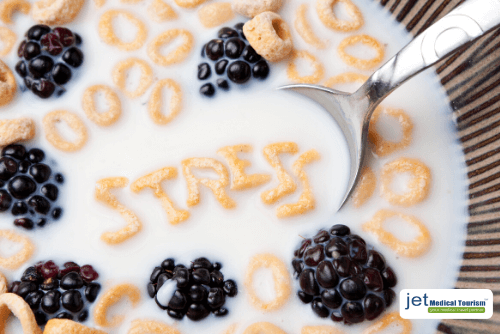
Once you get discharged from the hospital and recover successfully, you may find that your hunger has come back. Since the band will be gone, there will be no restriction on your stomach or your appetite. That’s why it is absolutely critical that you don’t indulge in overeating or “stress-eating”.
Life after lap-Band removal surgery is about physical as well as emotional recovery. The pain from the incisions usually goes away within 1-3 days, but the tricky part is sticking to nutrient-dense and small food portions.
Many patients who have grown used to their new thinner body shape, do their best to adjust to life after no Lap-Band. They learn to trust their mind over their stomach because hunger is psychological for most obese patients.
You can choose to work with a dietitian or a diet coach after the Lap-Band removal surgery to ensure you stay healthy and don’t put on the lost pounds back. If you are determined to never go back to your old way of life, and you have seen the benefits of staying at a healthy body weight, you’ll succeed.
RELATED READ: Lap band revision surgery in Mexico
Lap band removal and sleeve at the same time: Yes or No?
Generally speaking, yes, your surgeon can perform the Lap-Band removal surgery and then do a gastric sleeve immediately after. But you should be aware that if there are any complications like presence of thick scar tissue or gastric band erosion, you won’t be an ideal candidate for both the procedures at the same time.
YOU MIGHT LIKE: Can my existing lap band removed at the same time as gastric sleeve?
In case of complications, your surgeon will perform the Lap-Band removal first, and then wait for 3-6 months to perform the gastric sleeve surgery. Your surgeon will be able to give you a more precise answer based on several factors, including how your Lap-Band operation goes.
CHECK THIS OUT: Should you consider lap band to gastric sleeve conversion surgery
Lap band removal: Frequently asked questions (FAQs)
1. Is Lap Band removal painful?
- The surgery itself is painless due to anesthesia. Post-surgery, mild discomfort is common and manageable.
2. How long does the procedure take?
- The surgery typically lasts between 30 minutes and 1 hour.
3. Will I regain weight after removal?
- Weight regain is possible if lifestyle changes are not maintained. Consulting with a healthcare provider can minimize this risk.
4. Can I switch to another weight-loss surgery?
- Yes, many patients opt for gastric sleeve or gastric bypass after Lap Band removal for better long-term outcomes.
5. Does insurance cover Lap Band removal?
- Most insurance plans cover the procedure if it is deemed medically necessary.
Schedule a free, no-obligations consultation with Jet Medical Tourism today!
Call Jet Medical Tourism® at 1-855-506-6188 today for a free consultation to determine your eligibility for a completely safe and highly affordable bariatric surgery in Mexico.
You may also complete this free online questionnaire to receive our professional feedback. We hope this article answered your questions regarding the Lap-Band removal surgery. If you still have any questions or concerns, don’t hesitate to contact us.

